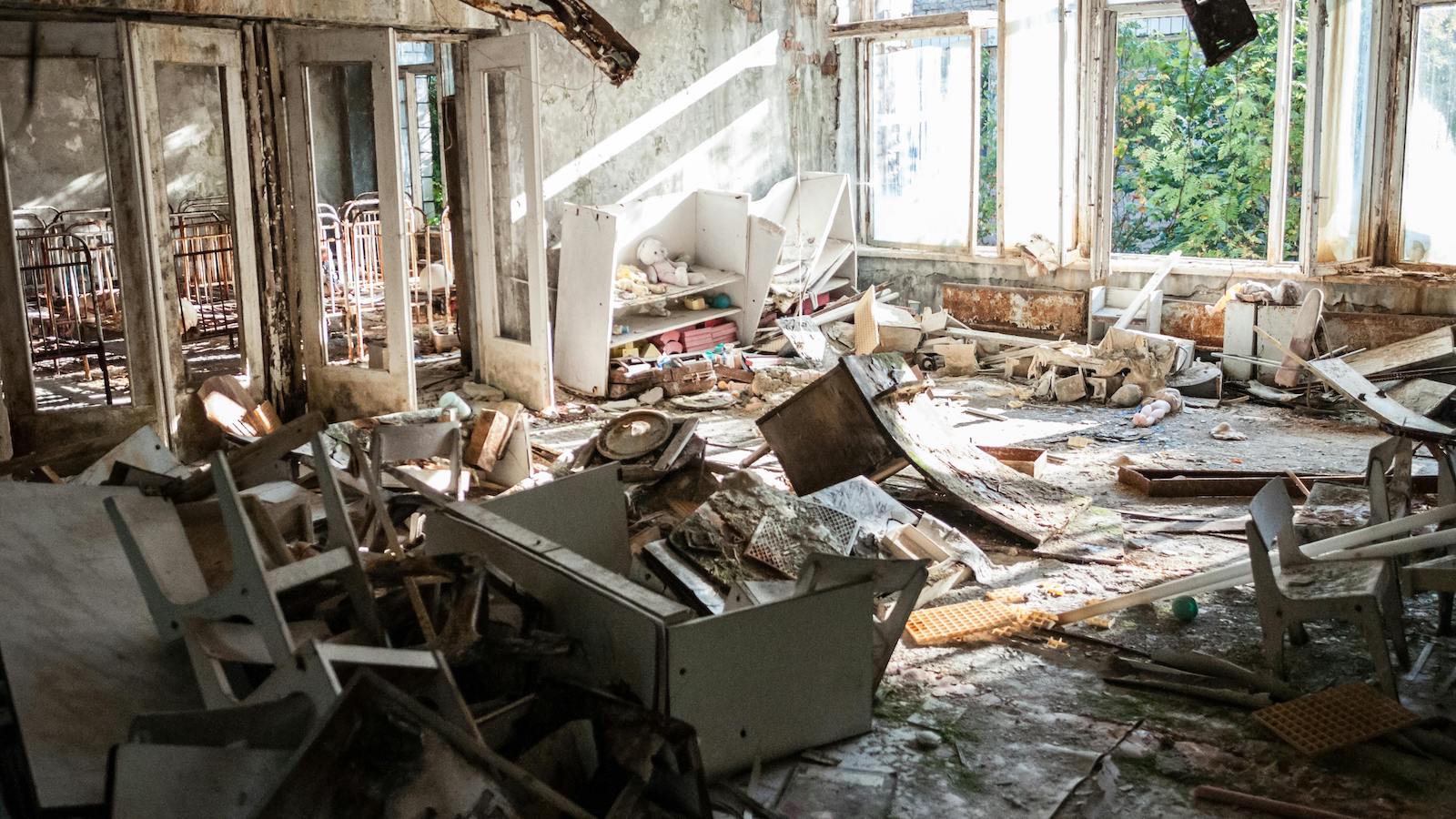Managing loss control has never been more critical for maintaining property risk. Insurers face rising claim frequency, escalating weather events, and the need for more effective loss control measures. Traditional methods, like in-person inspections, often fall short, leaving insurers vulnerable to unnecessary losses and inflated payouts.
The good news? More insurers are adopting technology to change these outcomes. Enter location intelligence.
By combining historical aerial imagery, property condition data, and AI, insurers gain the insights they need to optimize underwriting, inspections, and fraud reduction—and ultimately improve loss ratios.
A Common Challenge: Roof Condition Visibility
Inaccurate or outdated property condition data can cripple insurers' ability to accurately assess and price risk and manage claims. Consider Frederick Mutual Insurance Co. (FMIC). Initially, FMIC struggled with roof claims due to a lack of clear visibility into property conditions across its portfolio. Without property intelligence based on current imagery or reliable property data, the company relied heavily on inspection teams to verify roof conditions—an approach that was time-consuming, costly, and resource-intensive while not providing visibility on roof condition.
This challenge isn’t unique to FMIC; roof claims continue to be a pain point for the industry. Without a source of truth to determine if a roof was previously damaged—especially after severe weather events—insurers can’t effectively identify fraudulent claims, leaving them exposed. Location intelligence directly tackles this by delivering clearer, data-backed insights into risk.
Seeing Risk Clearly
The combination of new and historical aerial imagery, AI, and property condition data offers a comprehensive understanding of a given property—long before a physical inspection. With these tools, insurers can detect aging roofs, faulty designs, and materials exposed to weather risks, all before these conditions lead to expensive losses and claims. AI-derived detections from imagery and risk scores allow for more detailed damage assessments, enabling insurers to pinpoint hazardous or high-priority areas. This targeted approach not only enhances underwriting accuracy but also strengthens loss control efforts.
Location intelligence also sharpens claims accuracy. By comparing claimed damage against historical imagery and property data, insurers can swiftly identify discrepancies and potential fraud. Inspection processes are streamlined, helping insurers allocate resources to properties that need immediate attention.
FMIC, a Nearmap customer, found success leveraging this approach. The company improved its direct loss ratio by 57% and maintained a 36% average loss and loss adjustment expense ratio over five years. The insights not only helped FMIC reduce losses but also boosted operational efficiency, allowing for straight-through processing of low-risk properties and reallocating resources to complex cases. In essence, FMIC was empowered to write business with greater confidence.
See also: Crucial Role of Geocoding in Insurance
The Future of Location Intelligence in Insurance
Location intelligence, powered by AI and advanced analytics, will become even more essential for insurers aiming to manage losses and verify claims. It’s also paving the way for improved risk management and better relationships between insurers and insureds. Here’s why:
- Risk Mitigation
Traditional risk assessment methods fall short, especially amid rising construction costs and increasing weather severity. Location intelligence allows insurers to overcome these limitations by identifying properties at higher risk for damage from hailstorms, hurricanes, tornadoes, and floods. Insurers can:- Offer more competitive coverage options in high-risk areas by accurately assessing and pricing risks.
- Implement risk mitigation strategies, such as encouraging property improvements that increase resilience, protect assets, and reduce potential losses, all while making insureds partners in risk management.
- Building Trust and Resilience With Policyholders
No one wants to deal with a major property loss, so when a crisis hits, a fast claims response can strengthen trust between insurers and policyholders. Location intelligence enables this by:- Capturing imagery 24-48 hours after a severe weather event and leveraging AI to classify the damage, which accelerates claims verification and can reduce the need for physical inspections.
- Allowing for quick communication about property damage and streamlined claims payout processes. These are practical, vital ways to help people who may be displaced and need rapid access to resources.
See also: 'Data as a Product' Strategy
Adopting location intelligence can help insurers make more informed decisions, better manage risks, and deliver a more responsive, customer-focused experience. As the industry grapples with evolving risks, accurate AI, aerial imagery, and property condition data will remain central to building a more resilient future for insurers and their customers.








